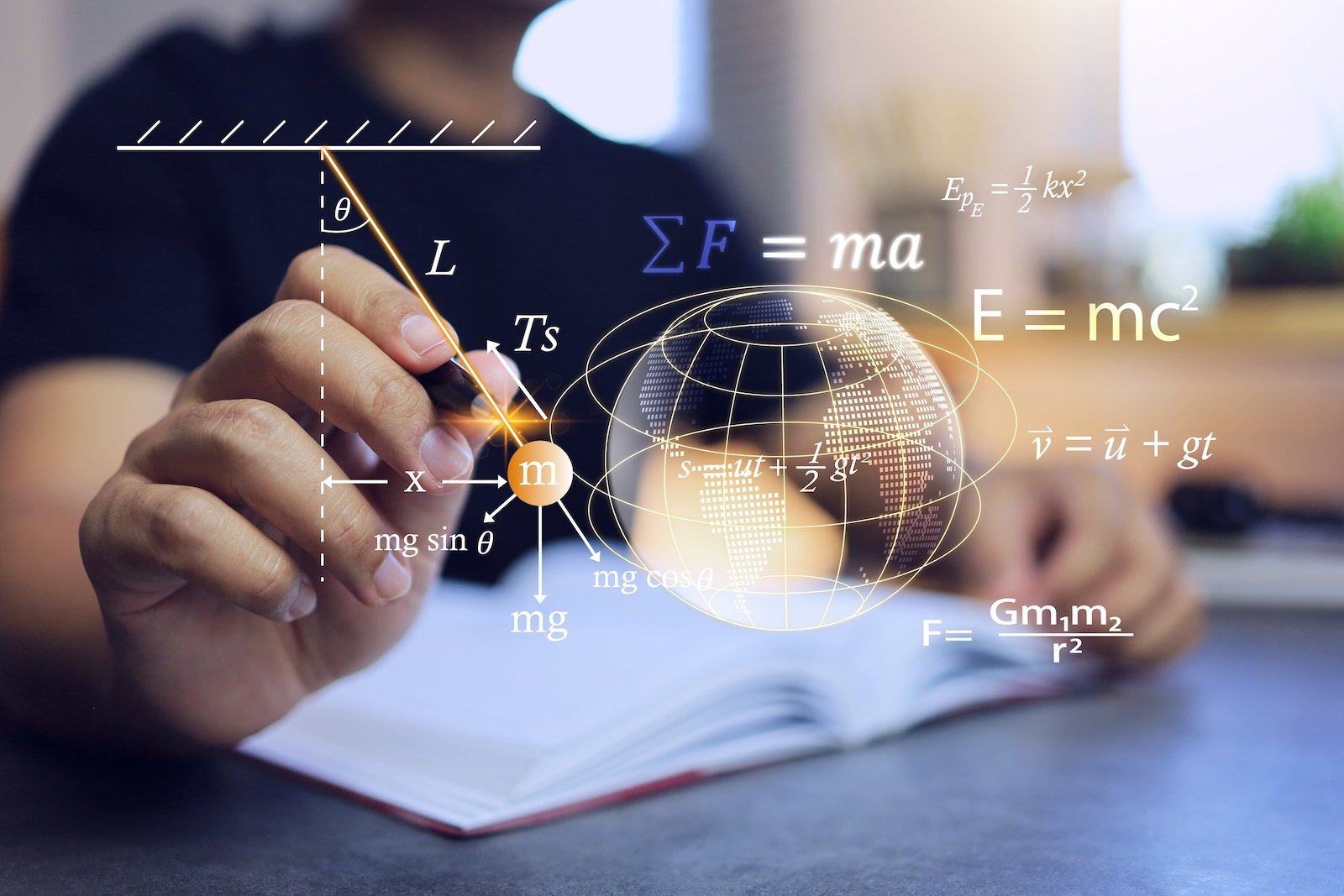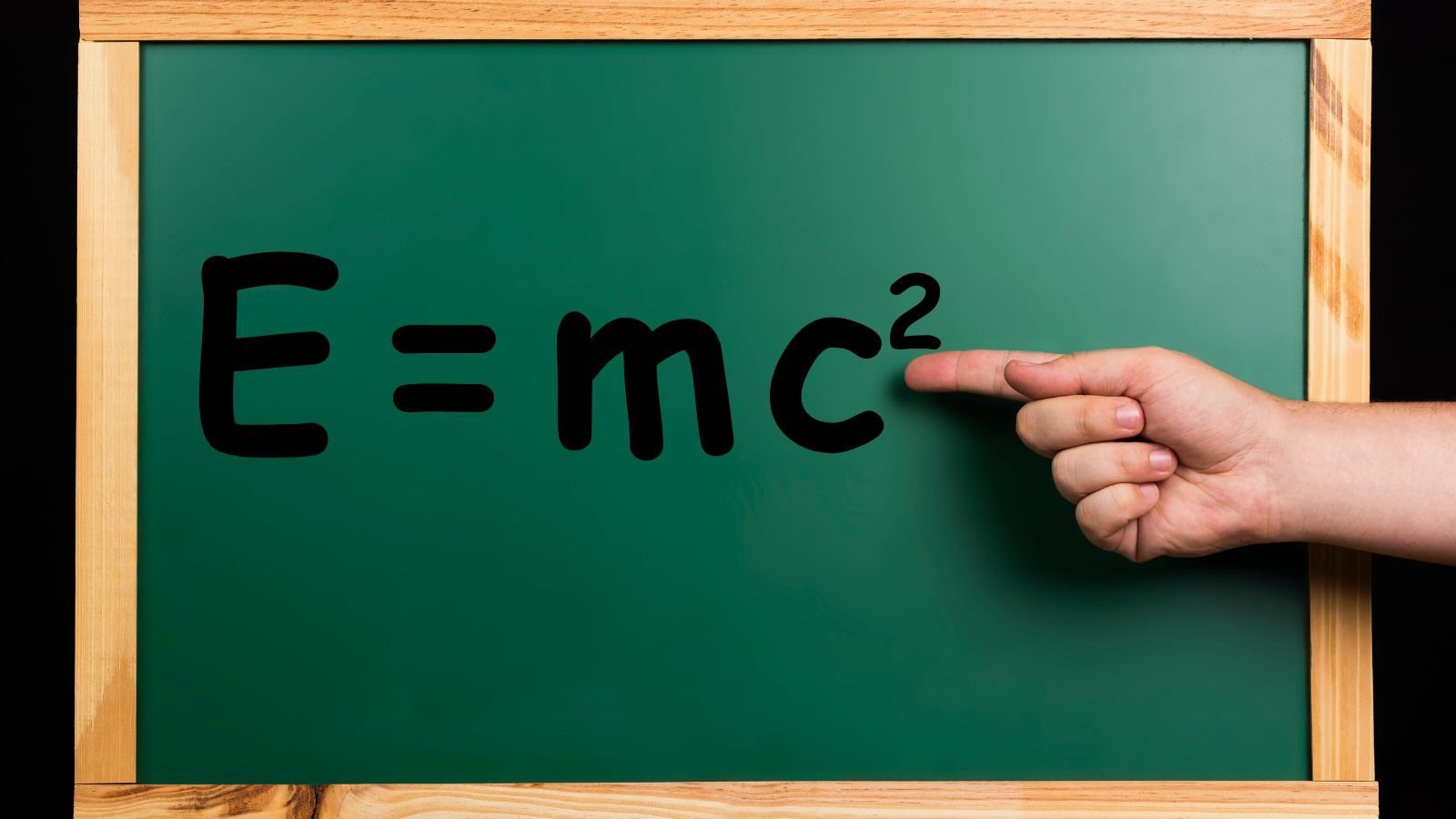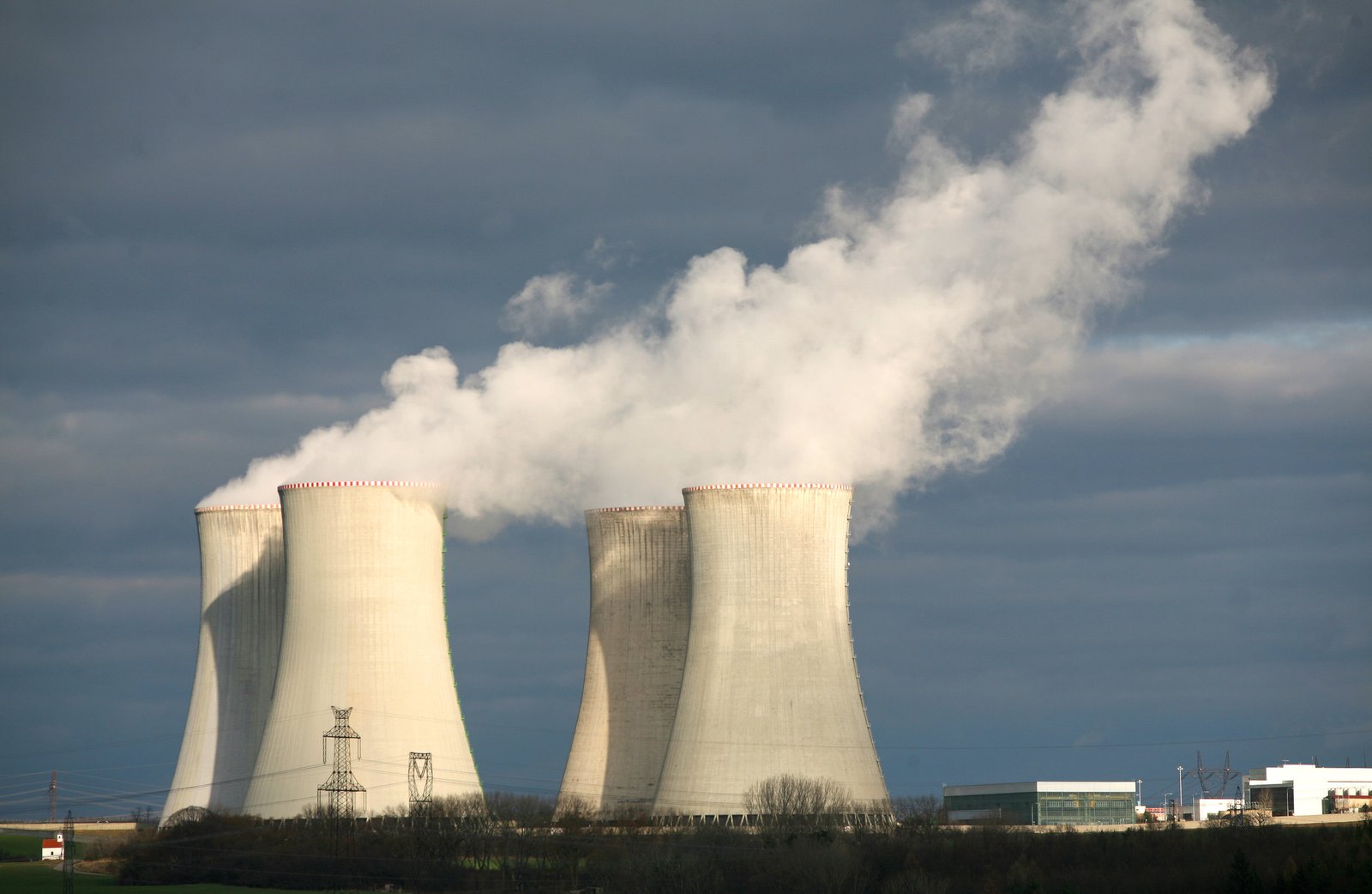One of the most influential physicists of all time, Albert Einstein, has changed the way we see the universe. His revolutionary theories and ideas have deeply impacted science, technology, and even our daily lives. In the early twentieth century, his theories provided clarity amidst the uncertainty surrounding the quantum world and the cosmos. His theory of relativity challenged conventional concepts of space and time, while his work on quantum mechanics spurred technological innovations.
Here are the top twelve ways Einstein’s ideas reshaped the world, showcasing his enduring legacy of genius.
Theory of Relativity

Einstein’s special and general theories of relativity changed how we understand space, time, and gravity. Special relativity proved that the laws of physics apply equally to all non-accelerating observers and that light’s speed remains unchanged regardless of the observer’s motion. It introduced the famous equation E = mc², which reveals the relation between mass and energy. General relativity expanded this, describing gravity as the curvature of spacetime caused by mass. These theories have been crucial for understanding black holes, the Big Bang, and the universe’s expansion.
Mass Energy Equivalence

Einstein’s equation E = mc² is one of his most famous contributions. It shows that mass can be converted into energy and vice versa, fundamentally linking the two concepts. This principle forms the backbone of the immense energy released in nuclear reactions, whether for power generation or in nuclear weapons. It also explains the processes in stars like our Sun, where nuclear fusion transforms mass into energy, providing the light and heat necessary for life on Earth.
Photoelectric Effect

In 1921, Einstein received the Nobel Prize in Physics for his contributions to the photoelectric effect. He demonstrated that light is composed of discrete packets of energy called photons.
When light strikes a substance, it can knock out electrons, creating an electric current. This discovery was pivotal in establishing the quantum theory of light. The photoelectric effect has numerous applications, such as in solar panels, where it is used to generate electricity from sunlight.
Quantum Mechanics

Albert Einstein also contributed significantly to the development of quantum mechanics. His insights into the behavior of particles at atomic and subatomic levels helped to lay the ground in this field. Though he himself had reservations over some of the interpretations of quantum mechanics, his work on the topic encouraged further research and technological advances that gave birth to semiconductors, transistors, and modern electronics.
Cosmology

Einstein’s theory of general relativity presented a new framework for the structure and evolution of the universe. His equations predicted that the universe would expand, which was confirmed by Edwin Hubble many years later. He opened the way to the Big Bang theory, explaining the origins of our universe. More than that, spacetime curvature underlies our understanding of cosmological phenomena like gravitational waves, which were detected directly for the first time back in 2015, confirming another of Einstein’s predictions.
Global Positioning System (GPS)

Einstein’s theories of relativity are crucial for the accuracy of the Global Positioning System (GPS). GPS satellites move at high speeds and exist in weaker gravitational fields than the Earth’s surface. According to relativity, the clocks on these satellites run faster than those on the ground. Engineers must account for this difference; otherwise, GPS calculations would quickly become inaccurate. This application of relativity is vital for car navigation systems and synchronization of communication networks.
Nuclear Energy

The mass-energy equivalence principle by Einstein lies at the heart of nuclear fission and fusion processes. This concept that a small amount of mass can be converted into a huge amount of energy
paved the way for the development of nuclear reactors and weapons. Nuclear reactors now provide a substantial portion of the world’s electricity, offering significant energy output with minimal greenhouse gas emissions. However, the same principle also led to the creation of nuclear weapons, profoundly affecting global politics and warfare.
Brownian Motion

One of his first major works was explaining Brownian motion: the irregular and excessive movements of particles suspended in fluid. Through his application of statistical mechanics, Einstein brought about empirical evidence on the existence of atoms and molecules, which until then had been ideas under debate. This work set up the atomic theory of matter and advanced statistical physics, with applications in a wide spectrum of scientific and industrial processes ranging from diffusive biological processes to material design.
Lasers

Einstein’s theoretical work on stimulated emission laid the groundwork for the development of lasers. He predicted that atoms could be stimulated to emit photons coherently and directionally. This principle was experimentally realized in the mid-20th century, leading to the invention of the laser. Today, lasers are integral to technology and medicine, used in optical communication, surgery, barcode scanners, precision cutting, and entertainment, demonstrating Einstein’s profound influence on modern advancements.
Gravitational Waves

Einstein predicted gravitational waves as ripples in space-time caused by massive object accelerations, such as black hole mergers. These waves were theorized for many years and were first directly detected by LIGO in 2015. This discovery opened a new window to observe events in the astronomical world that till now could not be detected. Many cosmic phenomena, formerly out of reach, became open to study, further establishing the general theory of relativity and taking human understanding of the universe to new heights.
The Development of Modern Cosmology

Einstein’s general theory of relativity has been pivotal in modern cosmology, providing insights into the universe’s large-scale structure, galaxy formation, and cosmic expansion dynamics. His theoretical framework enabled scientists to construct detailed models of the universe, leading to major discoveries about cosmic inflation, the cosmic microwave background radiation, and the acceleration of cosmic expansion. These insights have profoundly enhanced our understanding of the cosmos and continue to influence contemporary astronomical research.
Technological Improvements in Particle Physics

Einstein’s contributions to particle physics have greatly advanced our understanding of fundamental particles and forces. His work on special relativity and mass-energy equivalence led to the development of particle accelerators like the Large Hadron Collider. These accelerators propel particles to near-light speeds and collide them to study the resulting interactions. This process helps scientists discover new particles and validate theoretical predictions about the fundamental forces of nature. The discoveries in particle physics, driven by Einstein’s principles, have significantly impacted our comprehension of the universe’s basic building blocks.


